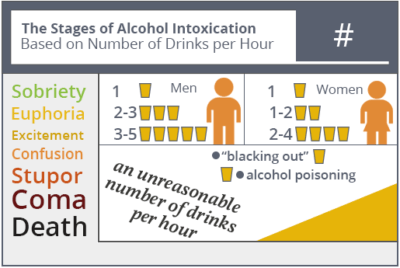Some Of How Often Should I Take Shrooms As Treatment Addiction
Before you keep reading, we thought you might like to download our 3 Favorable CBT Exercises free of charge. These science-based workouts will provide you with an in-depth insight into Positive CBT and will provide you the tools to apply it in your treatment or training. You can download the totally free PDF.

A treatment plan will include the client or client's individual information, the medical diagnosis (or diagnoses, as is frequently the case with mental disorder), a basic overview of the treatment recommended, and space to measure outcomes as the customer advances through treatment. A treatment plan does lots of things, the most essential of that include: Defining the problem or disorder Explaining the treatment recommended by the health/mental health expert Setting a timeline for treatment progress( whether it's a vague timeline or consists of specific milestones) Identifying the major treatment objectives Keeping in mind important milestones and objectives This paperwork of the most right here http://zionhrdd785.cavandoragh.org/indicators-on-what-is-the-treatment-for-drug-addiction-you-should-know essential parts of treatment helps the therapist and customer remain on the exact same page, supplies an opportunity for discussion of the treatment as planned, and can serve as a tip and motivational tool. While people in comparable scenarios with similar problems might have similar treatment plans, it's essential to comprehend that each treatment strategy is unique. There are often numerous various ways to treat the same issue sometimes there are dozens of different courses that treatment might take! No 2 treatment strategies will be exactly the very same, since no 2 people's experiences are precisely the exact same. As noted previously, all treatment plans are different they are special products of the discussions between a therapist and client, the therapist's clinical knowledge, and the customer's shared experience. Even in identical diagnoses in similar individuals, distinctions are bound to manifest in any or all of the following components: History and Demographics customer's psychosocial history, history of the symptoms, any past treatment info Assessment/Diagnosis the therapist or clinician's medical diagnosis of the client's psychological health issues, and any previous medical diagnoses will likewise be kept in mind Providing Concerns the problems or signs that initially brought the client in Treatment Contract the contract in between the therapist and customer that sums up the goals of treatment Duty a section on who is responsible for which components of treatment (customer will be accountable for lots of, the therapist for others )Strengths the strengths and resources the customer gives treatment( can consist of family assistance, character strengths, material support, and so on) Treatment Goals the" foundation" of the plan, which ought to be specific, realistic, customized for the client, and quantifiable Goals goals are the bigger, more broad results the therapist and client are working for, while numerous goals make up each goal; they are small, achievable steps that comprise a goal Modality, Frequency, and Targets various modalities are frequently applied to various goals, needing a strategy that sets modalities, a frequency of sessions, anticipated completion date, etc., with the particular objective Interventions the techniques, exercises, interventions, and so on, that will be used in order to pursue each objective Progress/Outcomes a good treatment plan must consist of space for tracking progress towards objectives and objectives( Good Treatment, 2016) The therapist and client will collaborate to get this info down on paper, with the therapist contributing his or her know-how in treatments drug abuse treatment boca raton fl and treatment results, and the customer contributing knowledge in his or her own life and experiences. These benefits include: Treatment plans provide a guide to treatment for both the therapist and client. Treatment strategies can minimize the threat of fraud, waste, abuse, and the possible to trigger unintentional harm to clients. Treatment strategies assist in easy and efficient billing given that all services rendered are recorded. Treatment plans can assist smooth any possible bumps in treatment, especially if a client requires a sort of treatment the primary therapist can not provide( e.g., a certain kind of intervention or a prescription for medication) or must see a new therapist for some other reason (e.g., if the customer or therapist has actually moved, or the therapist is on extended leave, Excellent Treatment, 2016). Treatment strategies are not necessarily needed to provide or receive effective treatment, however they can be very helpful in facilitating a smooth and problem-free treatment experience. Goals and goals will vary greatly from one individual to the next, particularly those facing very different problems. If you or your client is dedicated to alter however isn't rather sure where to start, this link of potential objectives can stimulate an useful discussion about where to go from here. For instance, a typical goal for those dealing with compound abuse might be to give up using their drug of choice or alcohol, while a client fighting with depression may set a goal to lower their suicidal thoughts. In basic, these objectives should be.

practical they must be reasonable, given the client's basic experience and hopes for the future (why detox befroe addiction treatment). For example, an objective for an individual with severe stress and anxiety may be to take 10 steps outside their front door. The next goal may be to make it to the area market, or as much as 30 steps outside their front door. Satisfying each objective will eventually lead you to meet the goal.
